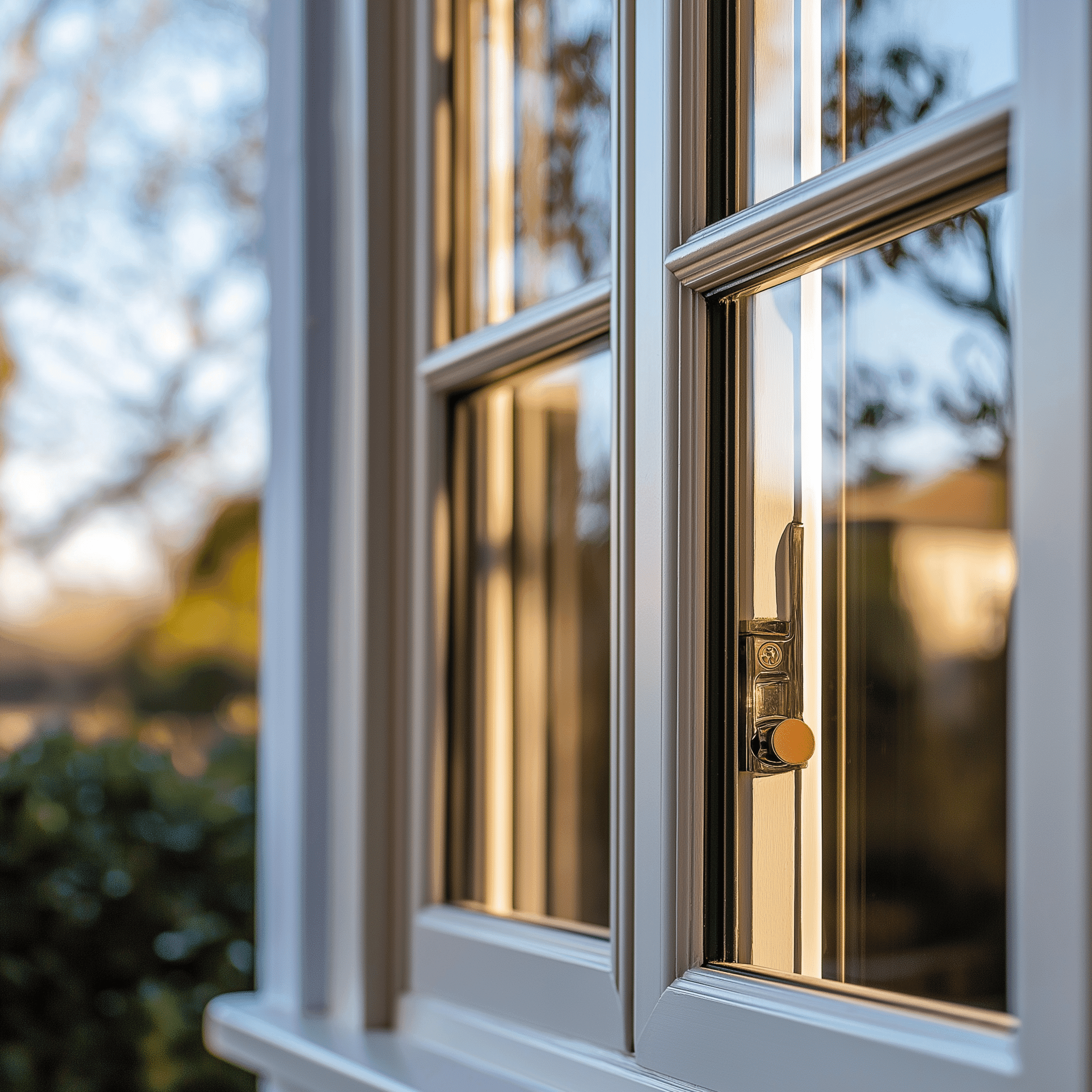History and Evolution of Sash Weights

The use of sash weights dates back to the 17th century when they were initially made from stone. Over time, materials evolved to include lead and cast iron due to their durability and density. Imagine the craftsmanship required to create these weights from stone and lead – a true testament to historical engineering and ingenuity!
The shift to using lead and cast iron significantly improved the balance and durability of sash windows, enabling smoother operation and greater longevity. For instance, cast iron weights became popular because they provided more weight per inch than conventional round weights, essential for heavier glazing or insulating glass.
Today, the typical weight of a window sash is approximately 22 pounds, requiring two counterweights of 11 pounds each to ensure smooth operation.
Components and Mechanics of Sash Weight Systems
A sash weight system is composed of several key components: the weights themselves, the pulleys, and the cords or chains that connect them. Together, these elements ensure the window moves smoothly and stays in position. Think about the intricate balance – like a dance – between the weights, pulleys, and cords, each playing a crucial role in the window’s operation.
Modern sash windows often use nylon or stainless steel cords for added strength and durability, replacing traditional materials to enhance performance and longevity. Steel sash weights vary widely in size and weight, such as 8 lbs (306mm), 12 lbs (352mm), 18 lbs (523mm), and 21 lbs (609mm).
Types of Sash Weights and Their Applications
Several types of sash weights exist, each designed for specific applications. Common types include lead weights, cast iron weights, and modern composite weights. Consider the pros and cons of each type of weight – from the traditional lead weight’s density to the modern composite weight’s versatility.
Composite weights offer a blend of strength and lightness, making them ideal for contemporary window designs while also being environmentally friendly. Historically, materials like cast iron were preferred due to their durability and ability to provide precise counterbalance.
Measuring and Sizing Sash Weights

Accurately measuring a window for sash weights involves a few precise steps. First, you need to determine the sash size and weight. Tools like a tape measure and digital scale are essential. Imagine the precision required – one wrong measurement could mean a window that doesn’t open smoothly!
Experts emphasise the importance of using calibrated tools to ensure accurate measurements. A digital scale, for instance, ensures the precise calculation of sash weight requirements. Correctly balanced sash weights are crucial for the smooth operation of windows.
Installation Process of Sash Weights
Installing sash weights requires careful attention to detail. The process involves several steps, from removing the window sash to securing the weights in place. Picture yourself carefully threading a weight through the pulley system – precision is key to ensuring smooth operation and proper balance.
Following the manufacturer’s guidelines is crucial for successful installation. This includes using the appropriate tools and safety gear to prevent injuries and ensure the integrity of the window system. Installing sash weights correctly ensures smooth operation and proper balance of the window.
Maintenance and Troubleshooting of Sash Weight Systems
Regular maintenance of sash weight systems ensures their longevity and functionality. Common issues include frayed cords, misaligned weights, and stuck pulleys. Maintenance tips suggest inspecting cords and pulleys at least once a year to catch any wear and tear early and ensure the system’s longevity.
Think about the peace of mind of knowing your windows will open and close smoothly, thanks to regular maintenance and timely repairs. Proper maintenance can prevent significant energy loss through drafts, enhancing your home’s energy efficiency.
Benefits of Using Sash Weights in Modern Windows

Sash weights offer several benefits for modern windows, including improved energy efficiency, enhanced aesthetics, and superior functionality. Sash weights can improve insulation and reduce energy costs, making them a sustainable choice for homeowners.
They also bring elegance and ease of use to modern windows, blending tradition with innovation and significantly improving the user experience. Steel sash weights can also significantly contribute to home energy efficiency by preventing drafts and heat loss.
Comparison of Sash Weights to Other Balancing Systems
There are various balancing systems available for windows, including spiral balances, spring balances, and counterbalance systems. Each has its own set of pros and cons. Compare the simplicity and reliability of sash weights with the complexity of other systems – which would you choose for your home?
Sash weights offer the best balance of durability and ease of maintenance compared to more complex mechanisms. For instance, while weight and pulley systems provide a historical feel and longevity, spiral balances fit neatly into all building profiles without reducing light.
Innovations and Future Trends in Sash Weight Technology
The field of sash weight technology is continually evolving, with innovations aimed at improving functionality, durability, and ease of use. The integration of smart technologies is set to revolutionise sash weight systems, offering automated adjustments and enhanced user convenience. The future innovations in sash weight technology will likely include smart systems that adjust automatically to changing conditions.
Final Thoughts on Sash Weights

Sash weights play a crucial role in both historical and modern window systems, offering a blend of functionality, aesthetics, and efficiency. Reflect on the journey through the world of sash weights – from their historical roots to their modern innovations, and consider how they might fit into your own home or project. The enduring value and versatility of sash weights in various applications, ensuring their relevance for years to come.




